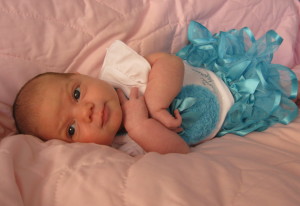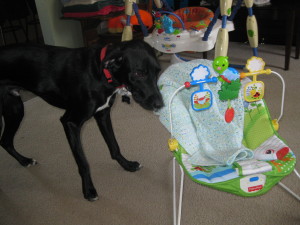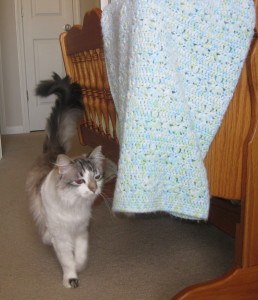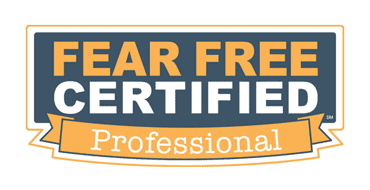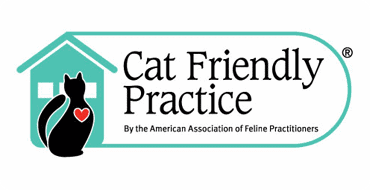We doctors are back in the office, having each welcomed a healthy new baby into our homes! Dr. Forbes and her husband brought home a little boy named Caiden. My husband and I (Dr. Sappington) had a little girl named Abigail. Everyone is doing great and we are all getting used to the changes that a newborn inevitably brings.
In light of these new additions, I thought it was a good time to discuss introducing a baby to the pets in the house. The whole process of having a baby is stressful on your pet (trust me, I am well aware of how stressful it is on the people involved!). Think about it from their point of view. Mom has been getting bigger and bigger for months, and acting a little strange, then she suddenly disappears for a few days. They get stuck in the kennel, or if they’re lucky a friend or relative takes care of them for a few days. Then when they finally get to see Mom (and Dad!) again, they don’t get the same amount of attention that they used to get. There’s this strange little creature making strange sounds hogging all their time, lots of people coming to visit, and packages being delivered to the door. They don’t understand what is happening. The more we can do to reduce this stress, the smoother the transition will go for everyone involved.
There are a lot of things you can do prior to baby’s arrival, as well as when you first get home, to minimize that stress. First and foremost, brush up on basic manners. The last thing you want when you bring a baby home is to have a dog that keeps jumping up on you to check out that new bundle, or yanking on a leash while you’re trying to wrangle a stroller. So make sure your dog will readily sit and stay on command. Teach them the “leave it” command, because inevitably you will have your hands full with a fussy baby, and the dog will take that opportunity to stick his nose in something you don’t want his nose in. You won’t always be able to jump up and grab him. Teach him to walk well on a leash. There are a variety of no-pull harnesses or head halters on the market to help you. You could also consider an adult dog obedience class if you’re having trouble.
Establish a safe place for your pet. That could be a kennel or a separate room. Make sure he is comfortable staying there by himself; you can give him a food treat while he’s there so he knows it is not a punishment. Speak with your vet or a dog trainer if you need help with this. The goal is to be able to put your dog here when he gets overwhelmed with everything that is going on at home. Screaming babies can stress a dog (or cat) out just as much as having 20 family and friends showing up at your house.
Expose your pet to other people’s kids if you can. Just getting your pet used to the sounds and smells of little people can help. Practice tugging gently on their hair or tail, and reward for calm behavior. Make sure your dog is okay with having things taken out of his mouth. If not, work with a trainer or talk to your vet about how to work on that. Babies and dogs often try to trade toys, so you may want to establish rules for where dog toys and baby toys are kept. That way the dog is not confused about what is okay for him to play with.
Put baby gear in place. Get the baby’s room put together so your pets can explore it. Put the baby’s car seat in the car so you can work out where the dog will sit if it takes his spot. The goal is to spread these changes out as much as possible so that when the baby does come there are fewer sudden changes happening.
When the baby finally arrives, see if someone can watch your pets at your house since that is where they will be most comfortable. Have a relative bring something the new baby has worn home with them for your pets to sniff around on.
Once you get home from the hospital, Mom should greet the pets first without a baby in tow. This allows the pets to get much needed attention, as well as pick up the smells of the new baby before actually seeing her. Once everyone has settled down, the baby can be introduced slowly, to one pet at a time. Let the pets sniff the baby. If there is any question about how a dog will react, keep him on a leash or hold on to his collar initially. Do not leave pets unattended with your child. Most household pets won’t have a predatory response to the child, but they may want to cuddle up with the baby for warmth which could be dangerous. Even as your child gets older supervision is still warranted. It takes children many years before they fully understand how to interact with pets. Dogs and cats should not be expected to tolerate everything your child wants to do to it, so it is the adult’s job to run interference.


